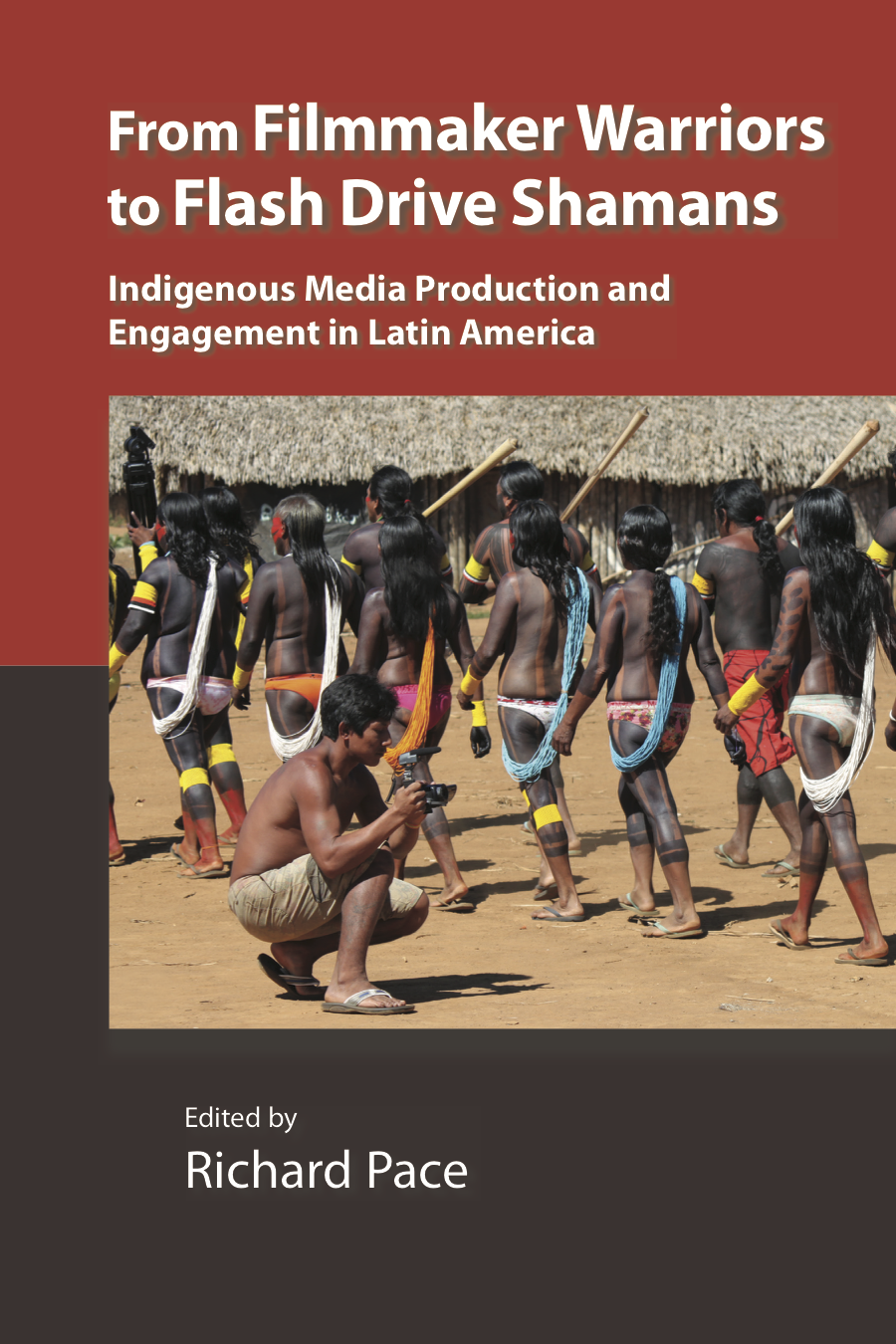Edited Volume
We plan on publishing a selection of presentations from InDigital III in an edited volume, as we did following InDigital I and II conferences – see below.

From Filmmaker Warriors to Flash Drive Shamans broadens the base of research on Indigenous media in Latin America through thirteen chapters that explore groups such as the Kayapó of Brazil, the Mapuche of Chile, the Kichwa of Ecuador, and the Ayuuk of Mexico, among others, as they engage video, DVDs, photography, television, radio, and the Internet.
The authors cover a range of topics such as the prospects of collaborative film production, the complications of archiving materials, and the contrasting meanings and even conflict over “embedded aesthetics” in media production – i.e. how media reflects in some fashion the ownership, authorship, and/or cultural sensibilities of its community of origin. Other topics include active audiences engaging television programming in unanticipated ways, philosophical ruminations about the dead who are captured on digital recorders, the innovative uses of digital platforms on the Internet to connect across generations and even across cultures, and the overall challenges to obtaining media sovereignty in all manners of media production. The book opens with contributions from the founders of Indigenous Media Studies with an overview of global Indigenous media by Faye Ginsburg and a final interview with Terence Turner before his death.
Contents
PART ONE: OVERVIEW
INTRODUCTION
Embedding Aesthetics and Envisioning Sovereignty: Some Definitions and Directions in Latin American Indigenous Media Studies (Richard Pace)
CHAPTER ONE
Indigenous Media from U-Matic to You Tube: Media Sovereignty in the Digital Age (Faye Ginsburg)
PART TWO: INDIGENOUS VIDEO AND VIDEOGRAPHERS
CHAPTER TWO
Kiabieti Metuktire and Terence Turner: A Legacy of Kayapó Filmmaking (Richard Pace and Glenn H. Shepard Jr.)
CHAPTER THREE
Wallmapu Rising: Re-envisioning the Mapuche Nation Through Media (Amalia Córdova)
CHAPTER FOUR
Transformations of Indigenous Media: The Life and Work of David Hernández Palmar (Laura Graham)
CHAPTER FIVE
Value and Ephemeral Materiality: Media Archiving in Tamazulapam, Oaxaca (Erica Cusi Wortham)
CHAPTER SIX
Making Media: Collaborative Ethnography and Kayapó Digital Worlds (Ingrid Ramón Parra, Laura Zanotti, and Diego Soares da Silveira)
PART THREE: SOUNDS AND IMAGES
CHAPTER SEVEN
National Culture, Indigenous Voice: Creating an Alternative, Counter-Narrative on Colombian Radio (Mario Murillo)
CHAPTER EIGHT
The Shaman and the Flash Drive (Guilherme Orlandini Heurich)
CHAPTER NINE
Kawaiwete Perspectives on the Role of Photography in State Projects to Colonize the Brazilian Interior (Suzanne Oakdale)
PART FOUR: TELEVISION
CHAPTER TEN
Mediating (Tele-) Visions of Civilization in Emerging Kichwa Media Markets (Jamie E. Shenton)
CHAPTER ELEVEN
Reproducing Colonial Fantasies: The Indigenous as Other in Brazilian Telenovelas (Antonio La Pastina)
CHAPTER TWELVE
Kayapó TV: An Audience Ethnography in Turedjam Village, Brazil (Richard Pace, Glenn H. Shepard Jr., Eduardo Rafael Galvão, and Conrad P. Kottak)